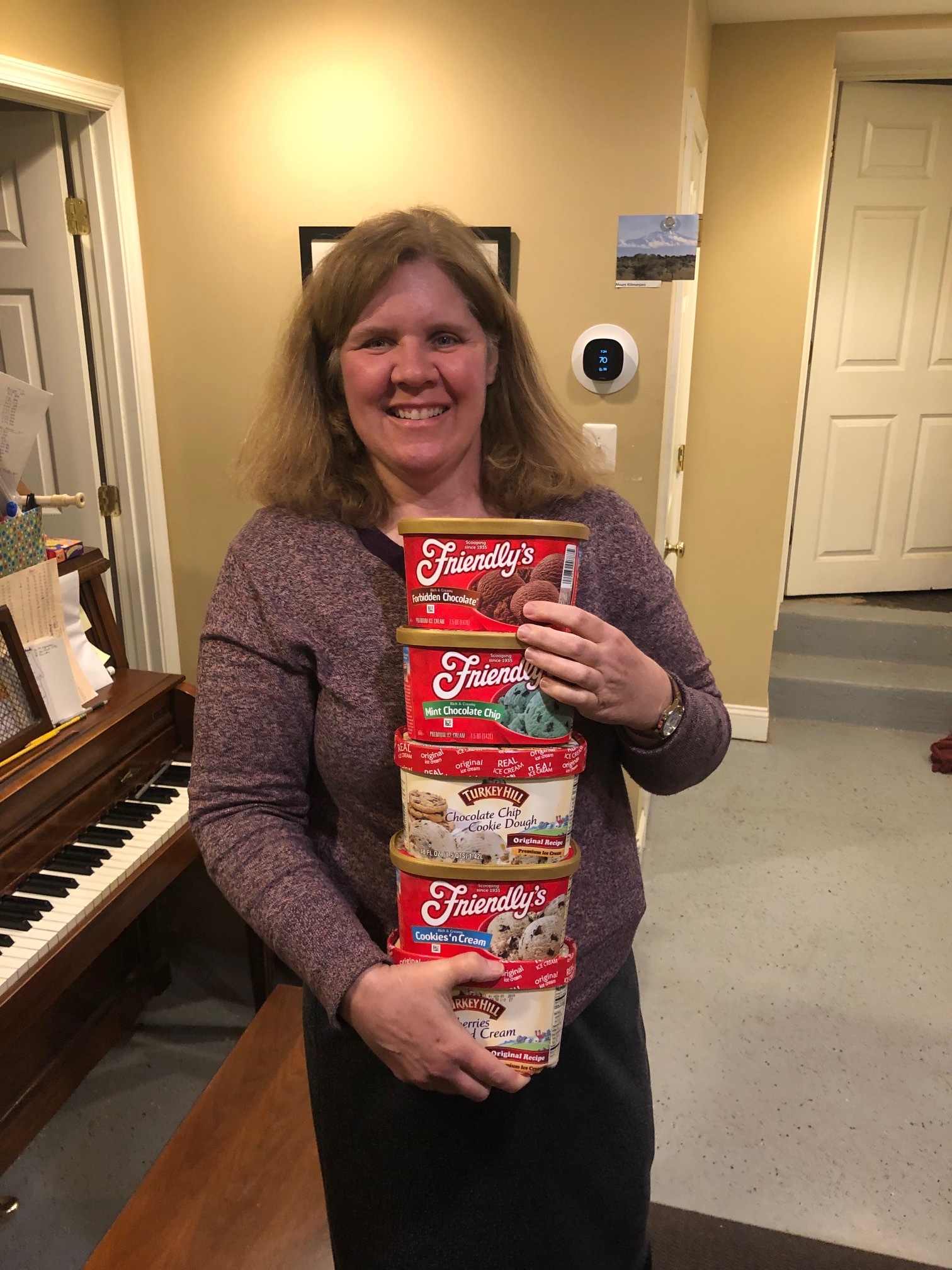Introduction
Some might say that receiving awards or winning competitions constitute success at the piano. Others might say that easy facility of playing whatever piece is placed in front of you means that you have been successful. Does success mean that people pay to hear you play or that you get thousands of “likes” on youtube? There are only a handful of people who reach these levels. But, there are many levels of success that can be accessible to anyone who is willing to put forth effort and time. Let’s talk about some of them.
What is Success
Success: Learning something you didn’t know before. Students come to their first lesson, perhaps not even realizing that there are groups of two and three black notes on the keyboard. Maybe they have no idea where A, B, or C are on the keyboard. But, it doesn’t take long until those concepts are learned. Pretty soon, students are having other “ah-hah” moments in their pieces.
Success: Accomplishing milestones. Students feel success when they complete a book or pass a theory test (regardless of whether it is Level 1A or Level 8). It is my hope that students feel success at recitals. I hope they can feel proud of their performances and how it represents the work they have put into the studies. Participating in festivals or other events also helps students feel successful.
Success: Understanding and Insights. Students feel successful at class lessons when they understand the theory concepts we are talking about, or they can contribute their experiences of learning to do something, or they perform a piece for their peers and are pleased with it. I love it when students apply concepts they have learned in their theory lessons to their music. Ah-hah moments are THE BEST!
Success: Accomplishing something you wanted to do. Sometimes students come to lessons and say, “I want to play. . . . .” We get the music and after they have worked on it and can play it at a performance level, they feel that sense of accomplishment and the results of their efforts. Success is setting goals. Having the self-discipline to dedicate time to the goal. It is following instructions carefully. It is enduring when the end seems far off. Success: Working hard for something. A small tangible way to mark progress is with stickers or passing off portions of pieces.
Success at Home
Verbalize your positive feelings. What can parents do at home to help students feel success? Thinking about to my growing up years and taking piano lessons. My mom checked in with me daily about practice. Mostly, her method was something like this, “I really enjoyed lying in bed and listening to you play (fill in the blank).” I did most of my practicing in the early morning and it was what my mom woke up to. She also wrote little notes to me regularly telling me how proud she was of my efforts and how beautiful my music was. These meant a lot to me. Recently, I noticed a similar note in a student’s bag from his mom. I loved that!
Create Opportunities to Share. Providing opportunities for your child to perform for others also takes the joy of music beyond the home to grandparents and other extended family. Play everywhere: church, facetime or skype, on vacation. I was traveling once with my sister and she got so excited when she saw a piano at an airport. She plopped right down and played. It was wonderful. Being able to share music with others helps one to feel successful. If you play the piano (or sing, or play another instrument), find time to make music together or collaborate with other friends or family members.
Conclusion
I love being a part of these successful experiences with my piano students. This is why I make a chart for the wall as we get ready for events so they have solid goals they are working toward. This is the reason for practice charts in their lesson assignment books. This is why we have recitals and why students perform for each other at class lessons. This is why I get excited when I can listen to them play a piece with beauty and I can just sit back in my chair and enjoy it. I hope each student can learn what it takes to feel successful moments and that they can feel that joy regularly.














































